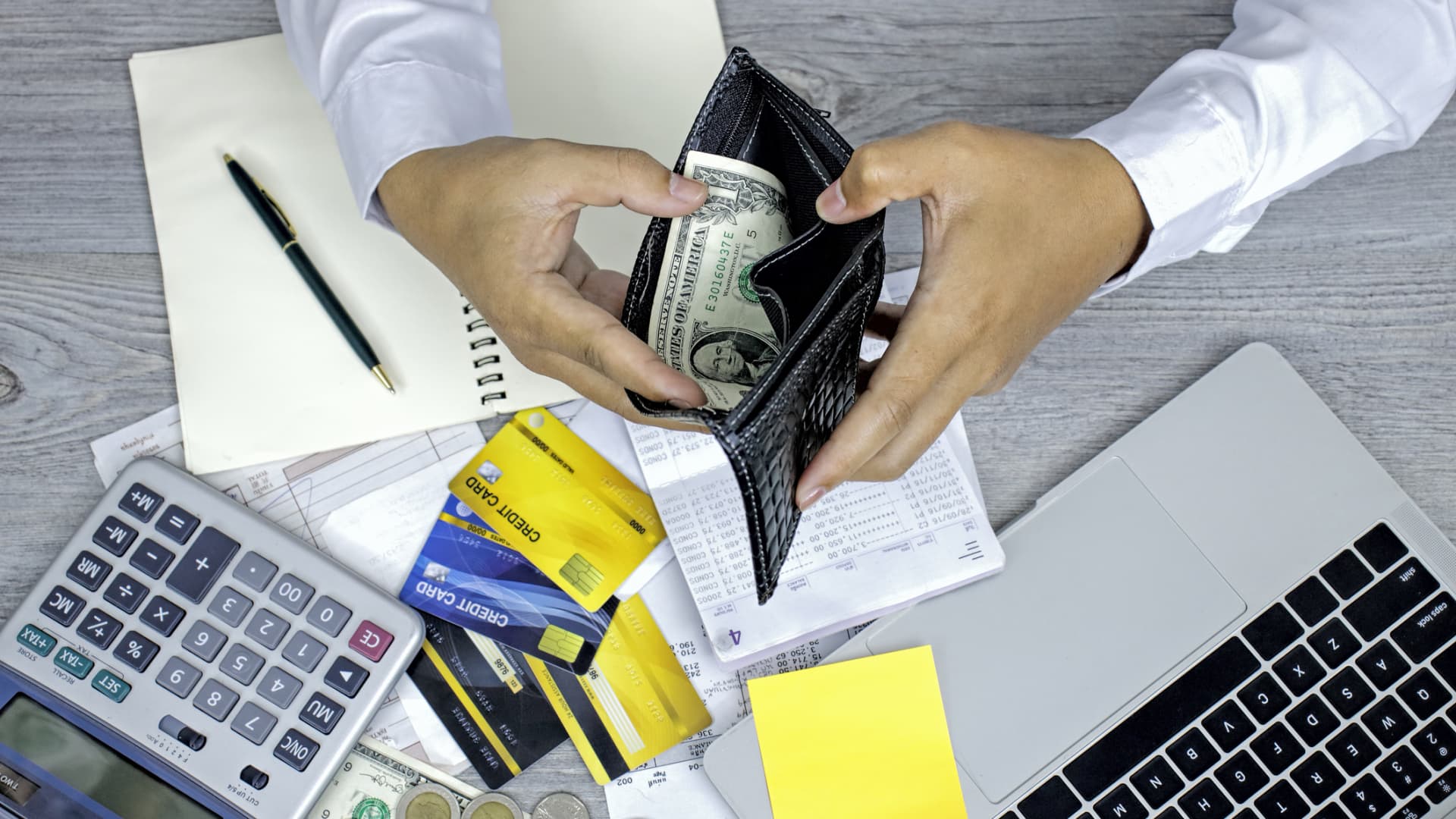Economists have been forecasting a recession for months, and that looming downturn is one of the most anticipated in U.S. history. But it’s not yet materialized, in part due to strong consumer spending.
“Consumer spending represents more than half of the economy,” said Curt Long, chief economist at the National Association of Federally-Insured Credit Unions. “So if consumer spending is strong, that alone is, generally speaking, enough to keep the economy from slipping into a recession.”
In the first quarter of 2023, gross domestic product grew at a 1.1% rate compared to the previous quarter. This modest level of growth is an improvement from mid-2022 GDP figures, which initially brought recession fears to light.
More from Personal Finance:
What debt ceiling standoff means for money market funds
Why missing one $2 expense could derail a national park trip
MIT economist helps decide when recessions begin and end
A key reason for the fear: Inflation stayed stickier than economists anticipated. In May, the U.S. Bureau of Labor Statistics reported headline annual inflation of 4.9%.
To combat inflation, the Federal Reserve has hiked its overnight bank lending rate 10 times over the past year or so. At the Fed’s May meeting, policymakers hinted that they may pause further interest rate increases, barring unexpected developments.
The end of this tightening cycle may be coming into focus as consumers reach their breaking point. As the pandemic fades, historic levels of personal saving have taken a nosedive. Deposits at banks have crested as consumers keep spending amid continually rising prices.
This is happening as the least well off are increasingly relying on credit in their day-to-day lives. Roughly 29% of households earning less than $50,000 a year were using credit cards to finance their spending, according Bank of America Institute economists. Credit-use rates have risen steadily in recent years despite being below higher pre-pandemic levels.
Moderate-income Americans also are facing the significant headwind of less tax-refund money. The average refund this year is $2,777 through April 28, down 8% from the same period last year, according to IRS data.
“Because this is the same household that rely more on the tax refund to finance their spending, a lower refund really has some negative impact on their spending,” said Anna Zhou, an economist at the Bank of America Institute.
Analysts at the New York Federal Reserve report record levels of credit card debt in 2023. This underscores the economic split in the country, with some consumers flush with savings following a thrifty pandemic while others are finding it increasingly difficult to spend wisely amid rising prices, mounting layoffs and the potential of recession.
Still economists see the chance for a soft landing. “We don’t think … the slowdown process will be as dramatic as some people have feared,” said Zhou. “And it will be a gradual process.”
Watch the video above to learn how U.S. consumer spending has so far fended off a recession.
